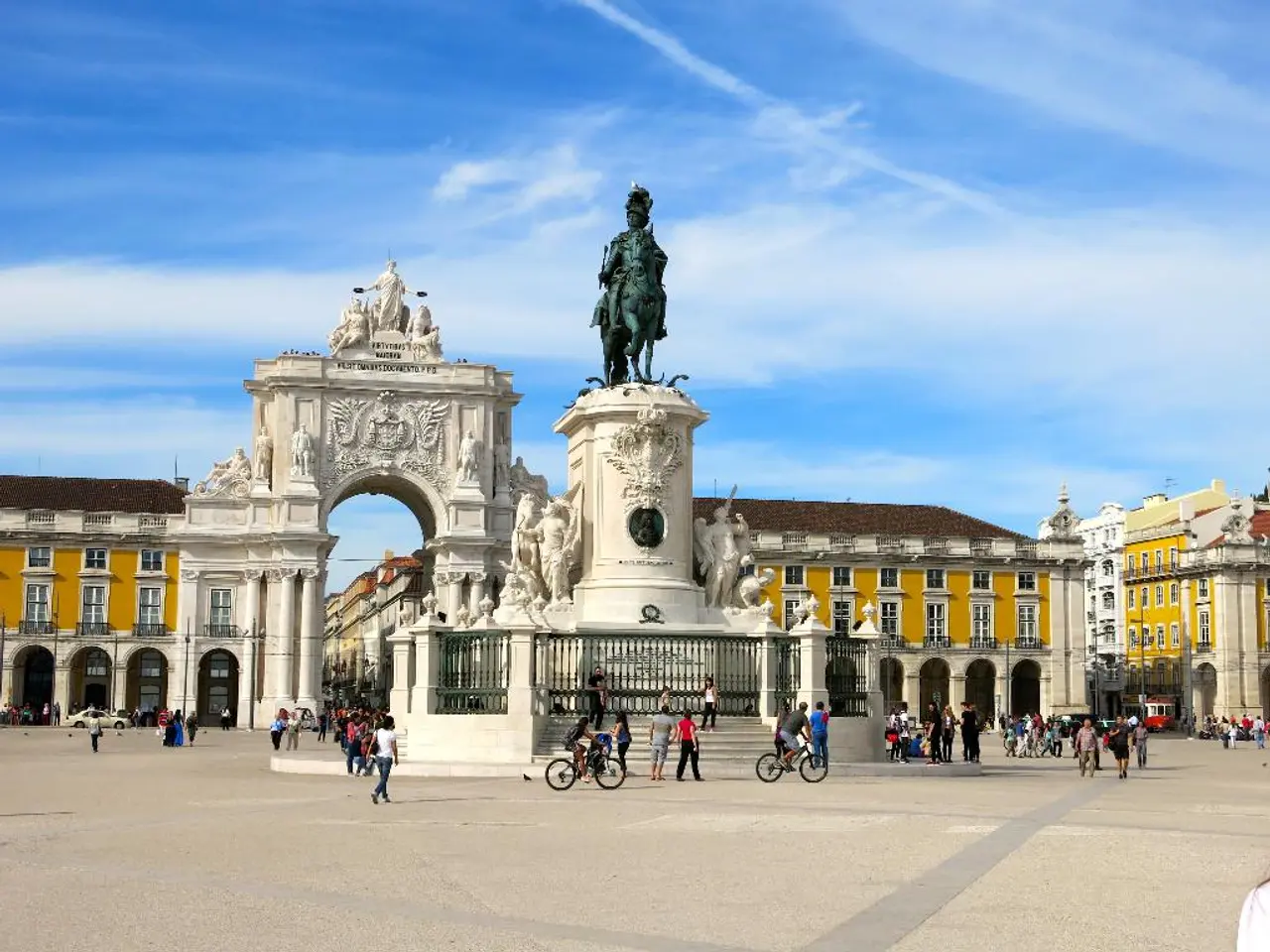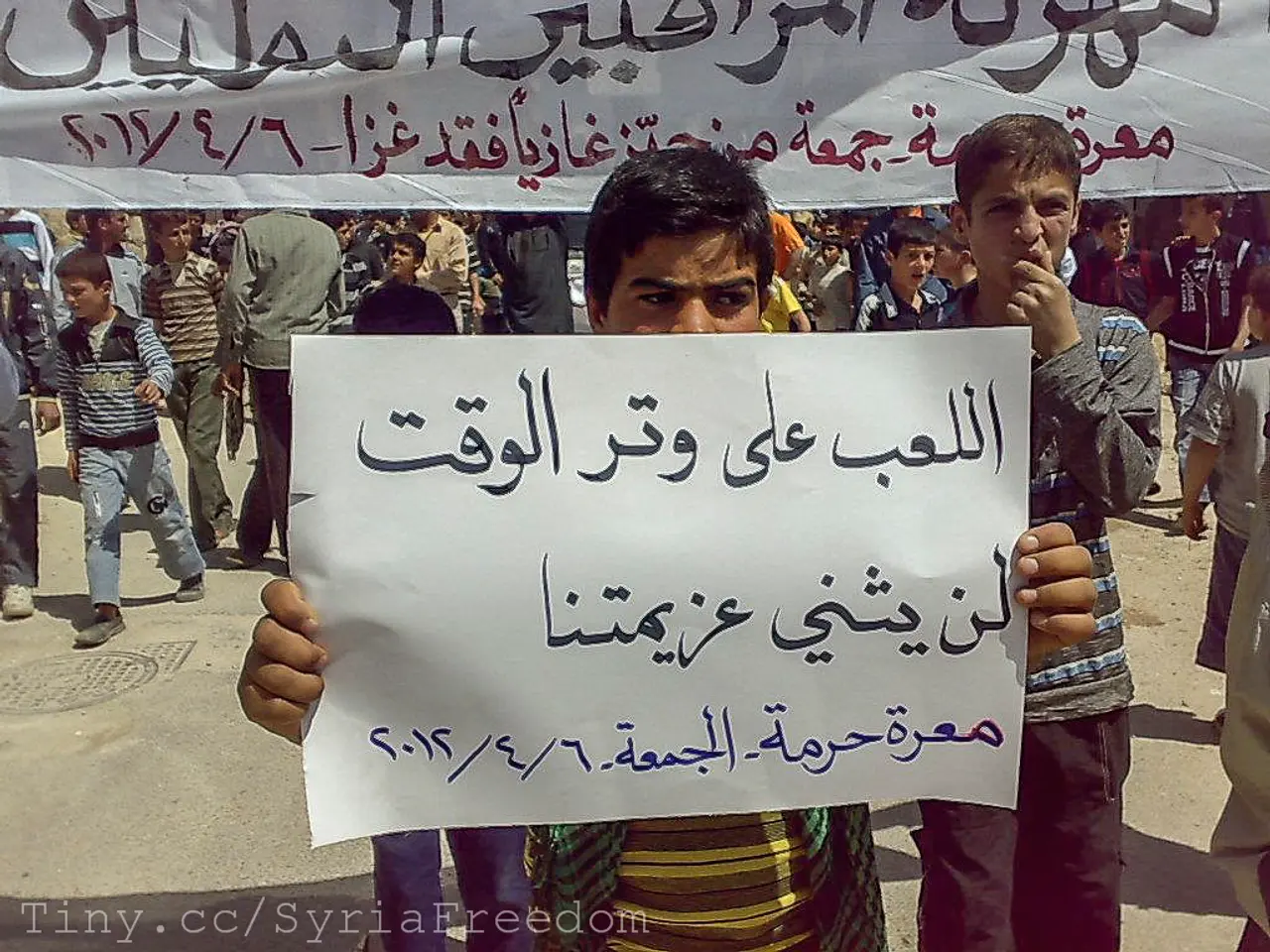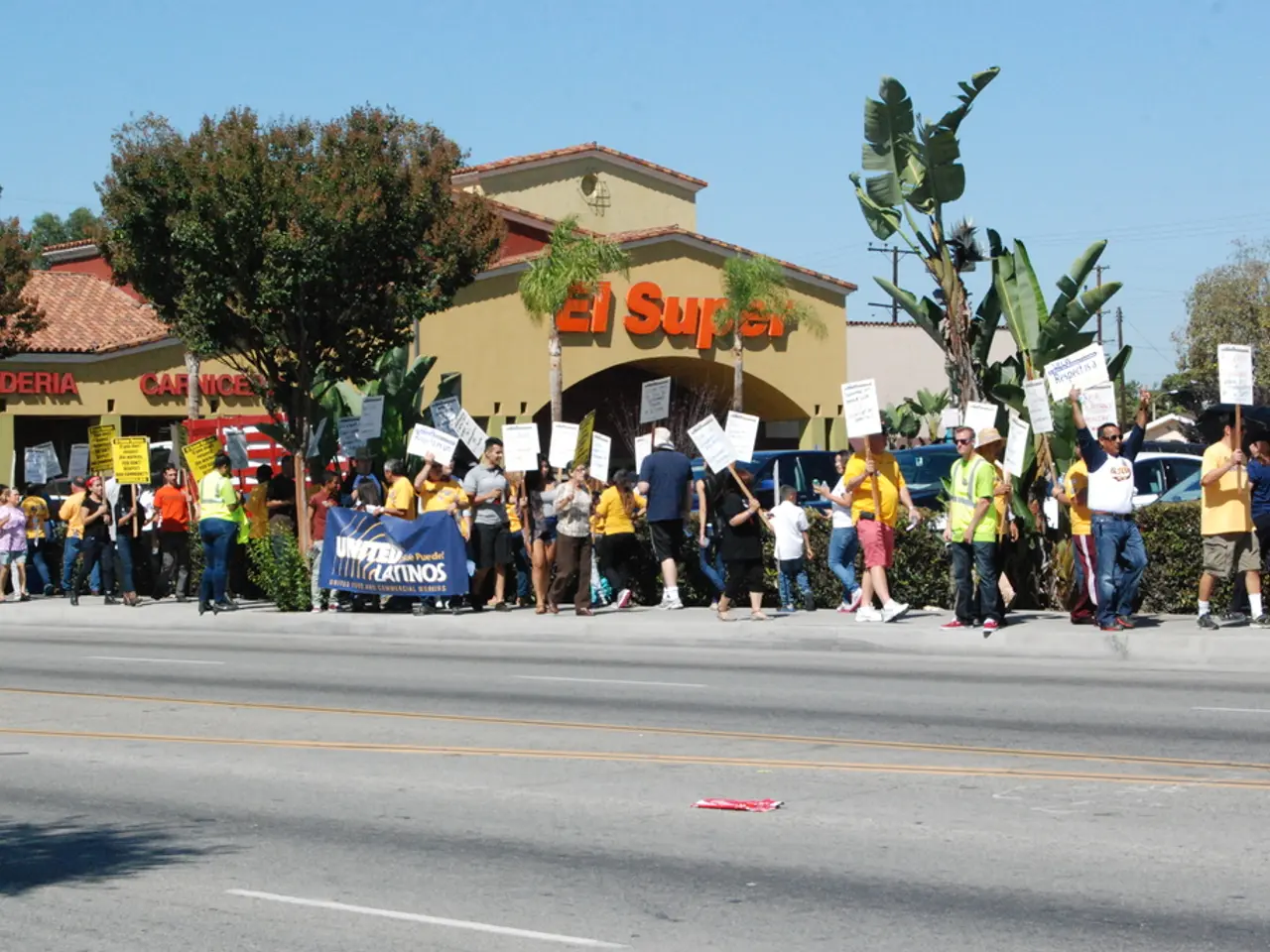Historical Moments Marked on January 25th
In the annals of history, certain events stand out as pivotal moments that shape the course of nations and define eras. One such event is the 'Walk to Canossa', a dramatic episode in 1077 that saw Holy Roman Emperor Henry IV humble himself before Pope Gregory VII in a bid for reconciliation.
The backdrop to this historic event was the Investiture Controversy, a long-simmering row about the balance of power between pope and emperor. Henry IV had defied Gregory VII by appointing church officials without papal approval, prompting the pope to excommunicate him. This severe sanction, not only spiritual but also political, threatened Henry’s rule as it absolved his subjects of their allegiance to him.
Facing rebellion and lacking support, Henry decided to seek absolution directly from the pope. On 25 January 1077, he arrived at Canossa, a fortress in Reggio Emilia, northern Italy, which served as a refuge for Pope Gregory VII during his dispute with Henry IV. Henry knelt outside the castle, praying in the snow, for three days, abandoning his shoes and wearing a monk's hair shirt.
On 28 January, the castle gate at Canossa opened, and Henry fell on his knees before Pope Gregory VII and asked for forgiveness. Remarkably, the pope relented, and Henry was readmitted to the Church. However, the event transcended its immediate outcome. The spectacle of one of Europe’s most powerful monarchs humbling himself before the pope became a powerful symbol of papal authority over secular rulers—at least temporarily.
In many languages, “to go to Canossa” came to mean submitting to a superior power, often after great humiliation. The long-term significance of the Walk to Canossa lies in its place within the broader Investiture Controversy, which would continue for decades. Although Henry’s reconciliation with Gregory VII was temporary and political conflict resumed, the episode underscored the papacy’s claim to moral and spiritual supremacy over secular rulers—a theme that shaped medieval political thought.
Interestingly, the date of Henry's penance, 25 January, has historical significance beyond the Walk to Canossa. On this same day in 1759, Robert Burnes, later known as Scotland's best-loved poet, was born in Alloway, Ayrshire. Similarly, Virginia Woolf, English novelist, critic, and queen of the Bloomsbury Group, was born on 25 January 1882 at Hyde Park Gate, Kensington.
More recently, on 25 January 1971, Idi Amin seized power in Uganda while President Dr Milton Obote was out of the country attending a Commonwealth conference in Singapore. The Walk to Canossa, therefore, serves not only as a reminder of the complexities of the relationship between church and state in medieval Europe but also as a stark reminder of the unpredictable nature of power struggles in modern times.
The Investiture Controversy, a long-standing disagreement over the balance of power between pope and emperor, led Henry IV to seek absolution directly from Pope Gregory VII. On 28 January 1077, after three days of penance at Canossa, Henry was readmitted to the Church, thereby symbolizing the papacy's temporary authority over secular rulers in the general-news of medieval Europe. This event, often used metaphorically to denote submission to a superior power in ['politics', 'general-news'], had long-term implications in shaping medieval political thought.





